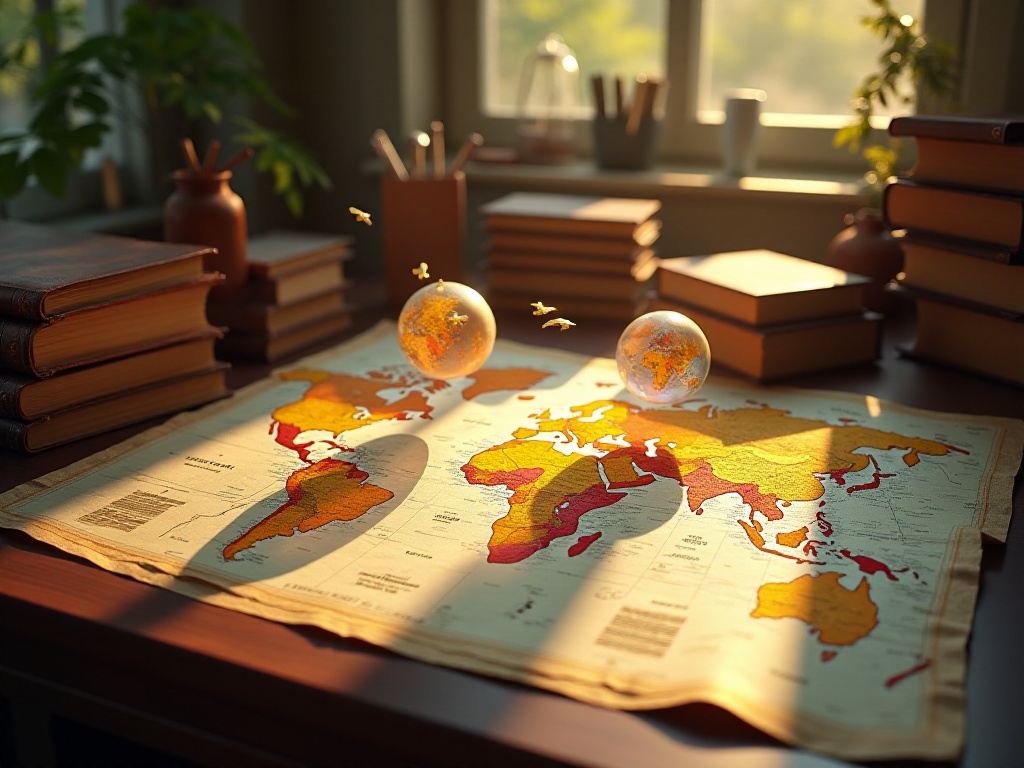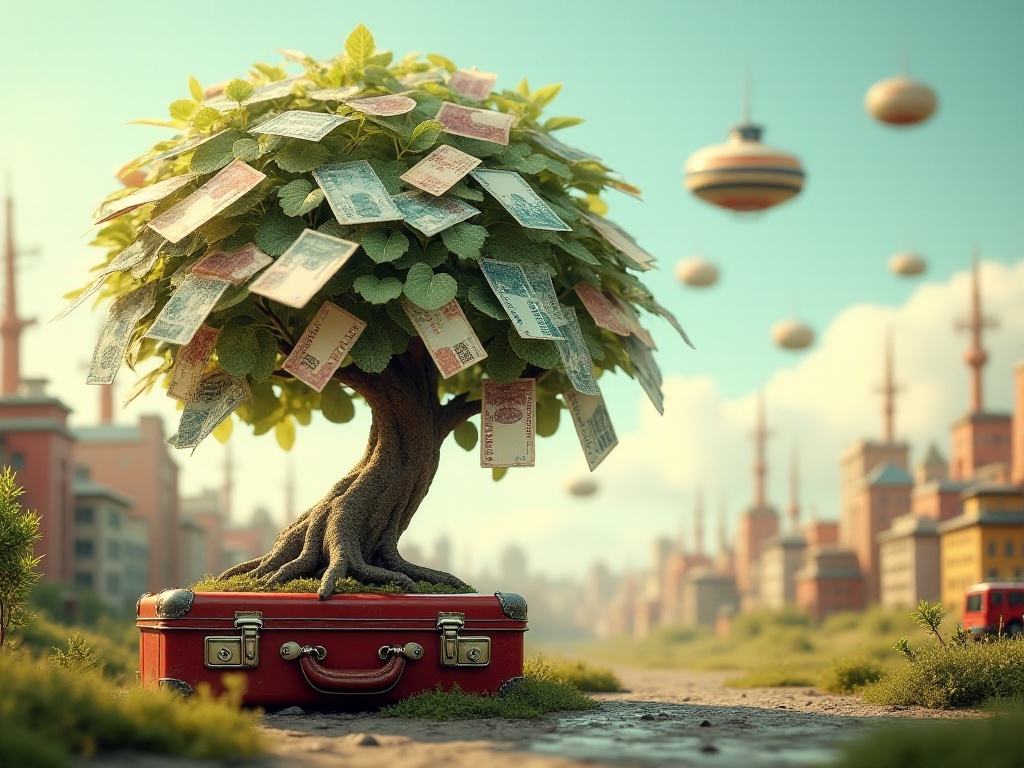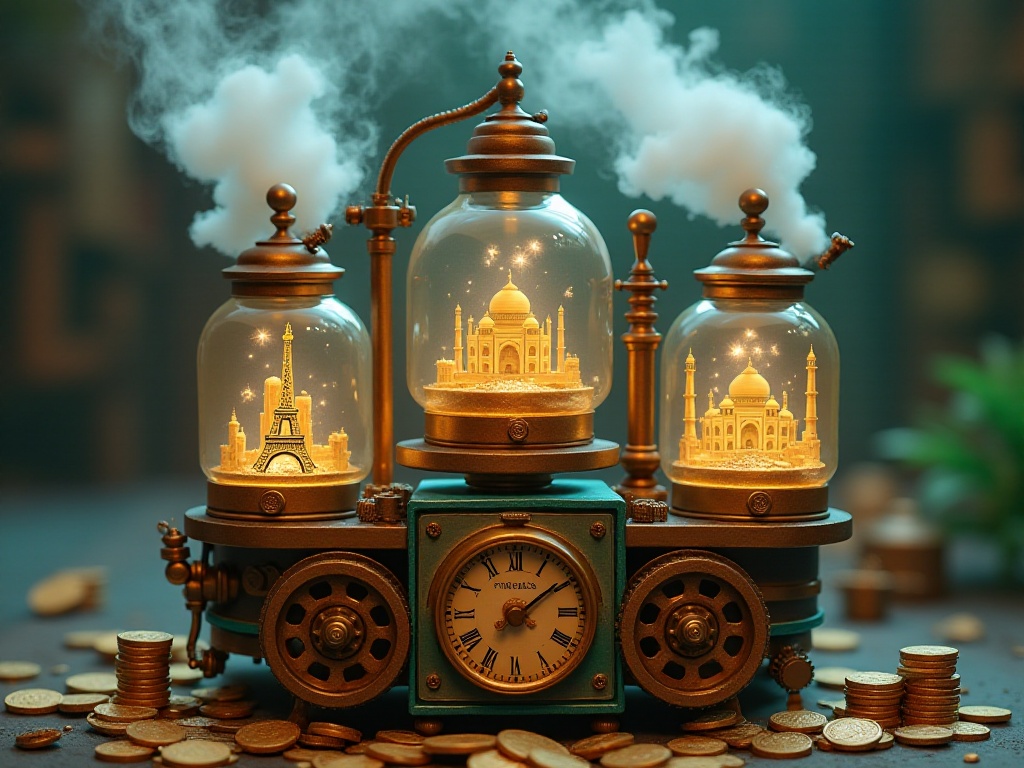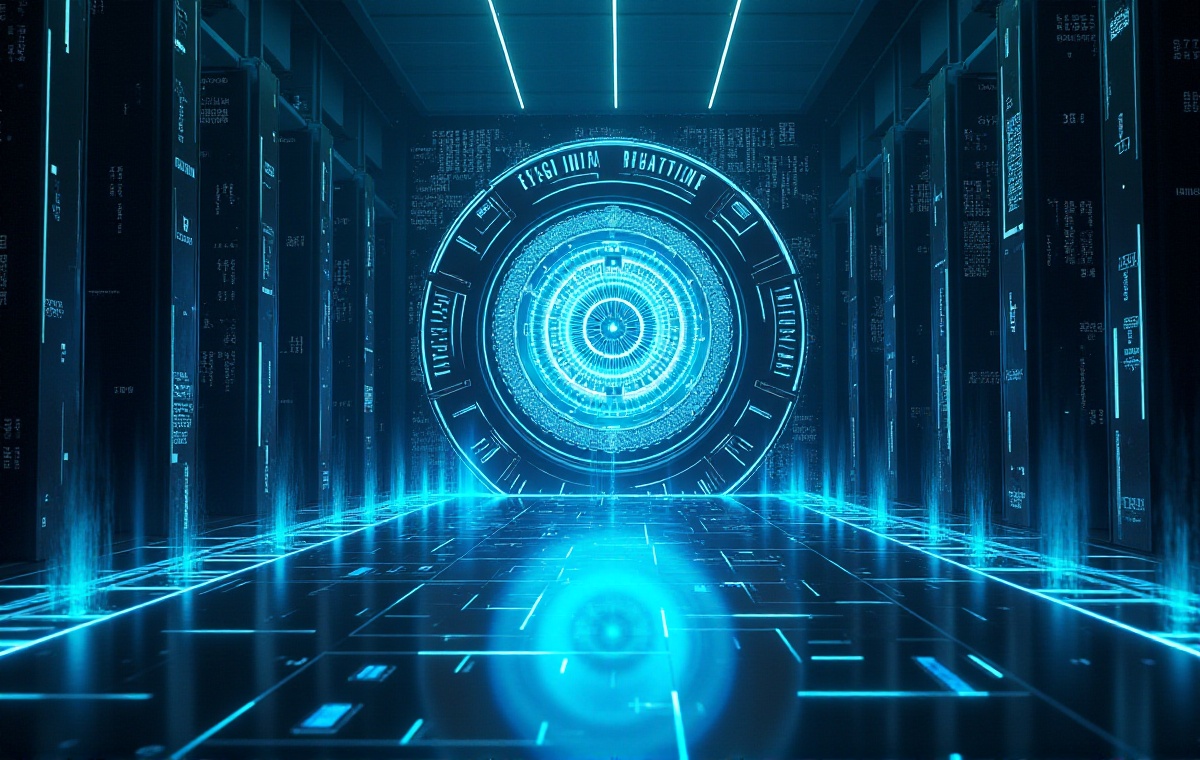Introduction
I just got back from Tokyo, and my wallet is still trembling! But honestly, this trip was totally worth it! As a frequent traveling blogger, I've received countless messages from friends asking about the budget needed for Japan. Some heard Japan is super expensive and wouldn't dare go without 100,000 yuan; others felt overwhelmed seeing people spend 50-60,000 yuan casually. Actually, there's no need to be anxious. Today, I'll share my personal experience and show you how to enjoy Tokyo with style for just 30,000 yuan.
Overall Budget Analysis
Let's get straight to the point: 6 days and 5 nights cost me 29,876 yuan total. What does this mean? With the current strong yen and global inflation, keeping the budget under 30,000 yuan makes me feel like a financial genius! I've seen many friends easily spending 50-60,000 yuan or even more. Honestly, unless you're specifically going for shopping, there's no need to spend that much.
This budget includes all expenses from departure to return, including flights, accommodation, transportation, food, attraction tickets, shopping, etc. I kept track of every expense, and I'm going to show you how to spend money wisely!

Flight Strategy
Flights were the biggest expense, costing 6,500 yuan round trip. Honestly, this price is very reasonable nowadays. Here's my "secret technique": I started monitoring ticket prices three months in advance and chose to depart on a Tuesday. Why Tuesday? Based on my years of booking experience, airlines generally offer cheaper tickets on Tuesdays and Wednesdays, saving about 20% on average.
Another money-saving tip is to follow airline promotions. I follow all major airlines' official accounts, so I receive promotional notifications immediately. This time, I grabbed an early bird special from one airline, saving nearly 1,000 yuan off the regular price!
When booking flights, timing is crucial. I've found that flights between 6-8 AM and after 9 PM are often cheaper. While the timing might not be ideal, it's worth it to save money. Plus, early morning flights allow you to enjoy half a day in Tokyo upon arrival, and late return flights let you explore more on the last day - it's like gaining an extra day!
Accommodation Choice
I spent 4,200 yuan on 5 nights at a business hotel in Shibuya. For prime Tokyo real estate, this was a fantastic deal! While the room wasn't huge (it's Tokyo, after all), it had all necessary amenities, and most importantly, was right next to the subway station.
Choosing Shibuya was carefully considered. First, it's one of Tokyo's liveliest areas, with the famous Shibuya Crossing nearby - you can experience Tokyo's vibrancy just by taking an evening stroll. Second, Shibuya's transportation is super convenient, with subway access to many attractions. Finally, there are numerous dining options, from cheap ramen shops to high-end restaurants.
I have several tips about booking hotels. First, always choose one with a private bathroom - shared facilities might be cheaper but very inconvenient. Second, room size isn't that important since you'll mostly be out late in Tokyo. Third, check the checkout time, as some hotels have very early checkout times that might affect your last day's plans.
I booked through a hotel booking app two months in advance during a promotion, used several coupons, and saved nearly 1,000 yuan off the original price. So watch for platform promotions when booking hotels - save where you can!

Transportation Planning
For transportation, the subway pass is definitely the best money-saving choice. I spent 900 yuan on a 72-hour unlimited pass, which became my money-saving hero! Tokyo taxis are really expensive, starting at 730 yen (about 40 yuan), while a single subway ride is only about 170 yen (less than 10 yuan).
During the three days using the subway pass, I took at least 15 subway rides. If I had bought individual tickets, it would have cost at least 2,500 yen, but the pass was only 1,500 yen, saving 1,000 yen directly! Plus, having the pass meant no more queuing for tickets each time, saving both time and effort.
However, note that the pass doesn't work on all subway lines - it's mainly limited to Tokyo Metro and Toei Subway lines. But these lines cover most major attractions in Tokyo, which is plenty sufficient.
I also discovered a really useful transportation app called Japan Travel, which can directly search the best routes from point A to B and show fares, which is super helpful for trip planning. With this app, even first-time visitors to Tokyo don't need to worry about getting lost.
Also, if you plan to visit cities around Tokyo, like Kamakura or Mount Fuji, consider buying a JR PASS. While it might seem expensive at first glance, it's actually very cost-effective if you plan to visit more than two cities.

Food Expenses
Many people think eating in Tokyo is expensive, but if you know where to look, you can enjoy amazing Japanese cuisine on a budget. My total food expenses were 1,800 yuan, averaging about 300 yuan per day. It might not sound like much, but I can responsibly say that these 1,800 yuan bought me lots of delicious food!
I usually had breakfast at convenience stores. Speaking of convenience stores, they're truly godsends for Japan travel! Whether it's 7-11, Family Mart, or Lawson, you can get a nutritious breakfast for just 25 yuan. My favorite combination is onigiri + milk + fruit, sometimes with a sandwich. Convenience store food is not only cheap but also quality-guaranteed - no worries about getting sick.
For lunch, I usually chose affordable restaurants like ramen shops, standing sushi bars, or fast food places. These places cost between 60-100 yuan per person. I tried an amazing ramen shop in Shinjuku called "Fujiyama 55" - a bowl of ramen was only 800 yen (about 50 yuan), but the taste was no less than those 1,500 yen shops.
I'd splurge a bit more on dinner, as food is an essential part of traveling. I went to a great value yakiniku restaurant near Shibuya Station. They had set meals - two people could share a 2,980 yen set with excellent meat quality and generous portions. If you want to save money, try izakayas - many offer "single dish + drink" combo sets for 1,000-1,500 yen.
Here's a special money-saving tip: many restaurants offer special discounts during off-peak hours between 2-5 PM. For example, some sushi restaurants offer special set meals - a 1,500 yen set might only cost 1,000 yen. So if time allows, try to avoid peak dining hours.

Attraction Tickets
I spent 2,800 yuan total on attraction tickets, visiting places like Tokyo Tower (3,000 yen), Mori Art Museum (1,800 yen), teamLab (3,200 yen), etc. Honestly, these ticket prices aren't expensive by global standards, and the experiences were all worth it.
Tokyo Tower is a must-see - I recommend going at dusk to see the sunset and then stay for the night view of Tokyo - it's absolutely stunning! I booked tickets on the official website in advance, saving 300 yen compared to on-site purchase.
Mori Art Museum is a personal favorite, often featuring interesting exhibitions. I caught a digital art exhibition during my visit - the visual effects were incredible. Remember to bring your student ID if you're a student for discounted tickets.
teamLab is absolutely worth visiting, no explanation needed! Although tickets seem a bit pricey, it's totally worth it. I recommend booking on the official website at least two weeks in advance, as on-site tickets often sell out, plus you can get discounts online.
Besides these paid attractions, Tokyo has many worthy free attractions. Like Meiji Shrine - completely free and great for photos. Also Sensoji Temple - while entering the temple requires a fee, strolling through the Nakamise Shopping Street outside is interesting too.
Timing is key when visiting attractions. I found that most places are less crowded right at opening time or an hour before closing. I usually choose these times to visit - no queues and fewer people in photos.
Shopping Expenses
Shopping was my second-largest expense, totaling 8,000 yuan. This included skincare products from drug stores, clothes from UNIQLO, and some figurines and snack souvenirs.
Drug stores are a must-visit! I went to Matsumoto Kiyoshi, which often has promotions. I bought face masks, sunscreen, and cosmetics - prices were at least one-third cheaper than domestic retail. Many drug stores now accept Alipay, so no more currency exchange worries.
Shopping at UNIQLO is also cost-effective, as Japanese UNIQLO has more styles than domestic stores and frequent sales. I bought two jackets and some basics for about 2,000 yuan.
I bought figurines mainly in Akihabara, an anime fan's paradise. But make sure to compare prices across stores - they can vary significantly. I found a figurine priced at 3,000 yen in one store but 2,500 yen in another - saving 500 yen directly!
I bought snacks from convenience stores and supermarkets. Note that identical snacks are usually 20% cheaper in supermarkets than convenience stores. So if you're buying lots of snacks to take home, go to supermarkets. I spent about 1,000 yuan on snacks like matcha cookies and Shiroi Koibito.
The key to saving on shopping is bringing your passport! Many stores offer tax-free benefits for purchases over 5,000 yen, saving 8% consumption tax. Some malls also give overseas tourists additional discount coupons for 5%-10% off.

Emergency Budget
Having emergency funds is crucial! I bought an electronic device in Akihabara that had issues and had to spend another 1,000 yuan on a new one. I recommend setting aside at least 10% of your budget for emergencies.
Besides shopping mishaps, consider unexpected situations. Like when I suddenly decided to visit Hakone hot springs, requiring extra transportation and hot spring fees. With an emergency budget, you don't have to worry about spontaneous decisions affecting your overall travel experience.
Also, if you plan to shop in Japan, bring some extra funds. Japanese products are generally high quality, and you often find things unavailable domestically - having extra funds means not missing out on good finds.
Money-Saving Tips
From this Tokyo trip, I've gathered many money-saving tips. First, always choose accommodation with convenient transportation. While city center lodging might cost more, you save on transportation fees and time, making it worthwhile overall.
Second, convenience stores and supermarkets can sustain you in Tokyo. Convenience store food is good quality and affordable. Supermarkets are even cheaper with fresh products. I'd buy fruits and drinks from supermarkets daily, saving considerably compared to convenience stores.
Third, always book attraction tickets online in advance. Many official websites offer online booking with discounted prices and no queuing. Some attractions even have early bird tickets at better prices.
Fourth, always bring your passport for tax-free shopping and watch for promotions. Many malls have special tourist promotions and coupons. For drug store shopping, try to reach the tax-free minimum in one purchase to save more.
Fifth, transportation choice is important. Unless really pressed for time, avoid taxis. Tokyo's subway and bus systems are well-developed, and with a pass, you can ride freely - very cost-effective.
Sixth, make good use of coupons. Free coupon magazines are available at airports and stations with many restaurant and attraction discounts. Also remember to download electronic coupon apps.
Final Thoughts
My biggest takeaway from this Tokyo trip is: travel budget isn't about how much you spend, but how you spend it. With good planning and reasonable arrangements, 30,000 yuan can give you a quality Tokyo experience.
Actually, travel isn't about how much money you spend, but what experiences you gain. Sometimes randomly walking into a small shop and having an ordinary bowl of ramen becomes your most unforgettable memory.
So don't be scared by the idea that "Japan travel is expensive." If you're willing to spend time planning and learning money-saving tips, you can enjoy a perfect Tokyo trip on an economic budget. Hope my experiences help those planning to visit Tokyo!


